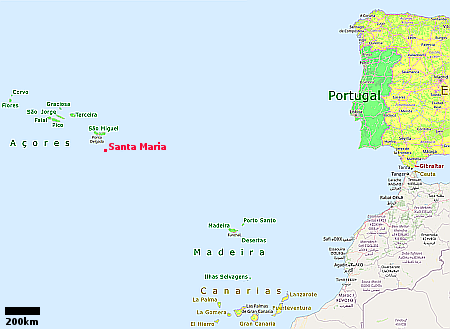Is SpaceX doing ocean salvage operations near Boca Chica?
SpaceX appears to be recovering the Superheavy booster that soft landed off shore from Boca Chica during the sixth test flight in November.
On Saturday, footage, albeit from a vantage point of someone who should not have been that close to the recovery operations, showed the aft end of a Booster with most of its Raptor engines still attached, being lifted out of the water.
During that November flight mission controllers decided against attempting a chopstick recovery, and sent the booster to do a soft vertical spashdown just off the coast. The booster than fell over and was seen drifting south. It appears SpaceX has now mounted operations to recovery it, possibly in response to the complaints by Mexican officials about its rocket pieces showing up on the beaches. Company engineers likely also wish to take a look at the equipment for their own reasons.
SpaceX appears to be recovering the Superheavy booster that soft landed off shore from Boca Chica during the sixth test flight in November.
On Saturday, footage, albeit from a vantage point of someone who should not have been that close to the recovery operations, showed the aft end of a Booster with most of its Raptor engines still attached, being lifted out of the water.
During that November flight mission controllers decided against attempting a chopstick recovery, and sent the booster to do a soft vertical spashdown just off the coast. The booster than fell over and was seen drifting south. It appears SpaceX has now mounted operations to recovery it, possibly in response to the complaints by Mexican officials about its rocket pieces showing up on the beaches. Company engineers likely also wish to take a look at the equipment for their own reasons.











